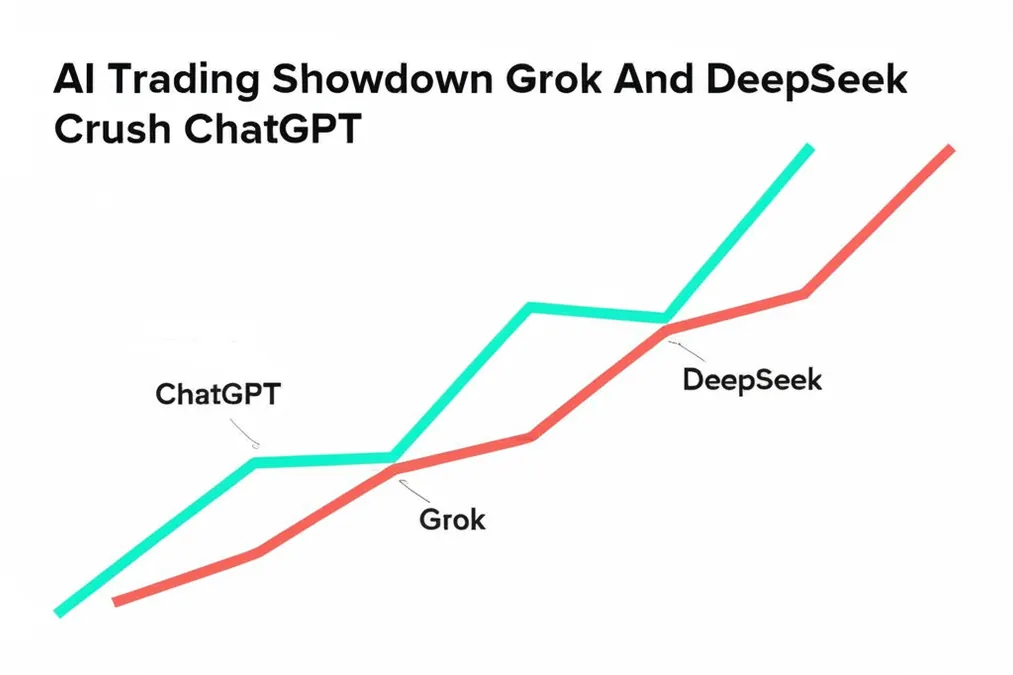Developer Offer
Try ImaginePro API with 50 Free Credits
Build and ship AI-powered visuals with Midjourney, Flux, and more — free credits refresh every month.
Feds Target ChatGPT User Data In First Known Warrant
In a groundbreaking case, federal agents have established a new precedent for digital investigations by obtaining a search warrant for a ChatGPT user's data. This marks the first known instance where law enforcement has compelled OpenAI to provide information based on specific prompts entered by a user, signaling a new era in how authorities approach criminal activity in the age of AI.
A Landmark Warrant Targets ChatGPT Prompts
For the past year, Homeland Security Investigations struggled to identify the administrator of a dark web child exploitation website. A breakthrough occurred when the suspect, during an undercover chat with an agent, mentioned their use of ChatGPT. This admission opened a new investigative avenue, leading federal agents to seek a search warrant for the user's data from OpenAI, a first-of-its-kind legal move.
The warrant, unsealed in Maine, detailed the government's request for comprehensive information on the user who entered specific prompts that the suspect had shared with the undercover agent.
From Sherlock Holmes To Donald Trump The Prompts In Question
The suspect unwittingly provided law enforcement with the exact prompts they had used. One was an innocuous query: “What would happen if Sherlock Holmes met Q from Star Trek?” Another involved a request for a 200,000-word poem, for which ChatGPT provided a humorous, Trump-style poem about his affection for the Village People's song Y.M.C.A. The suspect even copied and pasted this poem into the chat.
Based on these two prompts, the government ordered OpenAI to hand over a wide range of data. This included the user's name, address, payment information, and details of all other conversations they had with the AI model.
The Dawn of Reverse AI Prompt Searches
This case establishes a significant new investigative technique. While law enforcement has previously issued 'reverse search' warrants to companies like Google for users who searched specific keywords, this is the first known example of a 'reverse AI prompt' request. It demonstrates that user interactions with generative AI platforms are not beyond the reach of legal scrutiny and can be used as evidence or a means of identification in criminal cases.
How The Suspect Was Ultimately Identified
Despite the novelty of the OpenAI warrant, the suspect's identity was ultimately confirmed through more traditional investigative work. During undercover conversations, the suspect revealed several personal details, including that he was undergoing health assessments, had lived in Germany for seven years, and that his father had served in Afghanistan. These clues pointed agents toward a connection with the U.S. military.
Investigators later learned the suspect had worked at Ramstein Air Force Base in Germany. This information was sufficient to identify 36-year-old Drew Hoehner as the alleged site administrator. He has been charged with one count of conspiracy to advertise child sexual abuse material (CSAM).
The Dark Web Investigation Behind The Warrant
Homeland Security had been tracking the individual, now identified as Hoehner, since 2019. He was believed to be an administrator or moderator for 15 different dark web sites containing CSAM, with a combined user base of over 300,000. These sites, operating on the encrypted Tor network, were highly organized and even featured a subcategory for AI-generated CSAM.
What Data Did OpenAI Provide
It remains unclear exactly what information the government received from OpenAI. Court documents confirm that the search was completed and that OpenAI provided agents with an Excel spreadsheet of data. This information could potentially be used by prosecutors to corroborate their identification of Hoehner. OpenAI's transparency report indicates it has received 71 requests for user information or content in the last six months of the previous year, providing data from 132 accounts.
Compare Plans & Pricing
Find the plan that matches your workload and unlock full access to ImaginePro.
| Plan | Price | Highlights |
|---|---|---|
| Standard | $8 / month |
|
| Premium | $20 / month |
|
Need custom terms? Talk to us to tailor credits, rate limits, or deployment options.
View All Pricing Details

